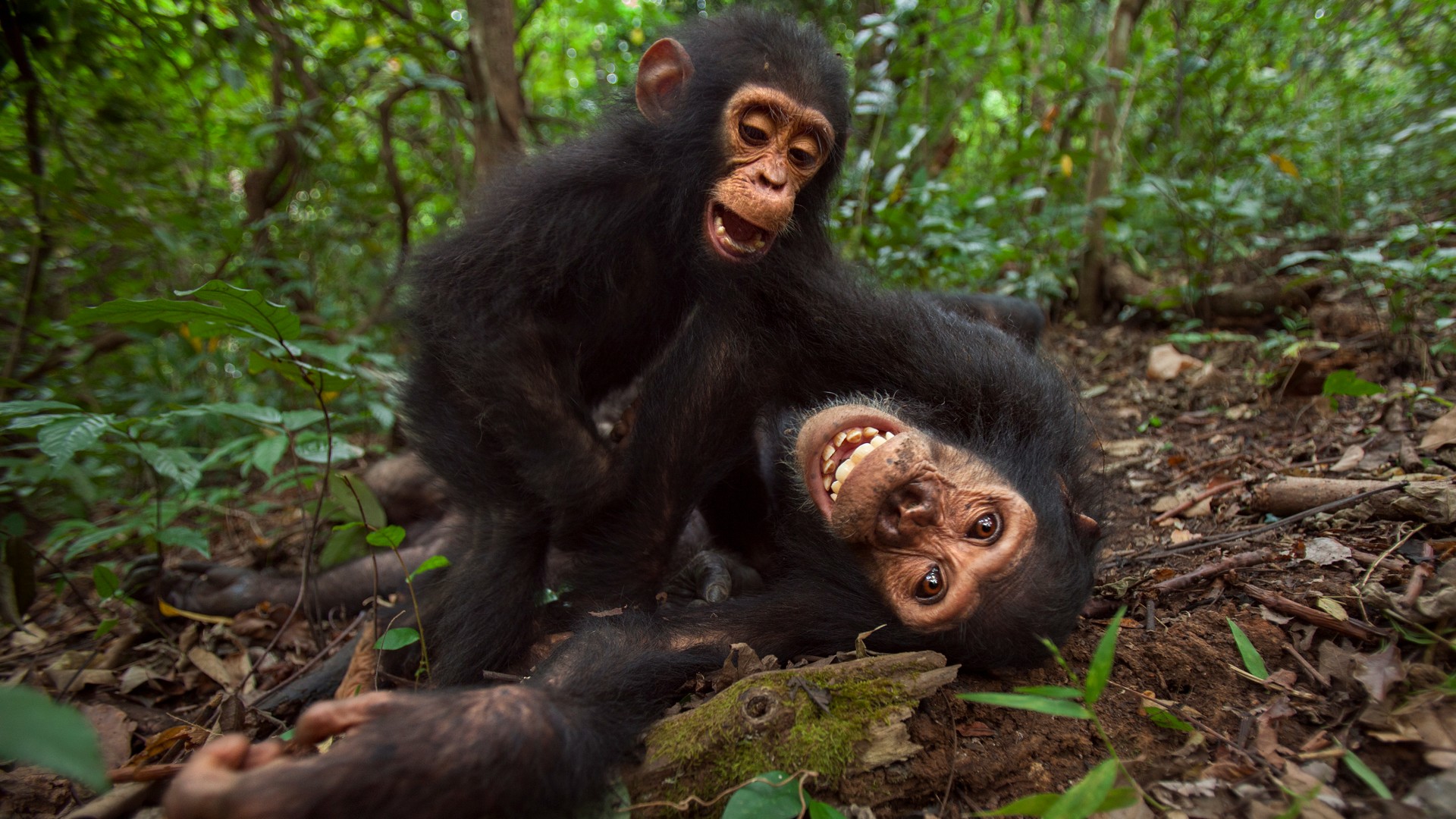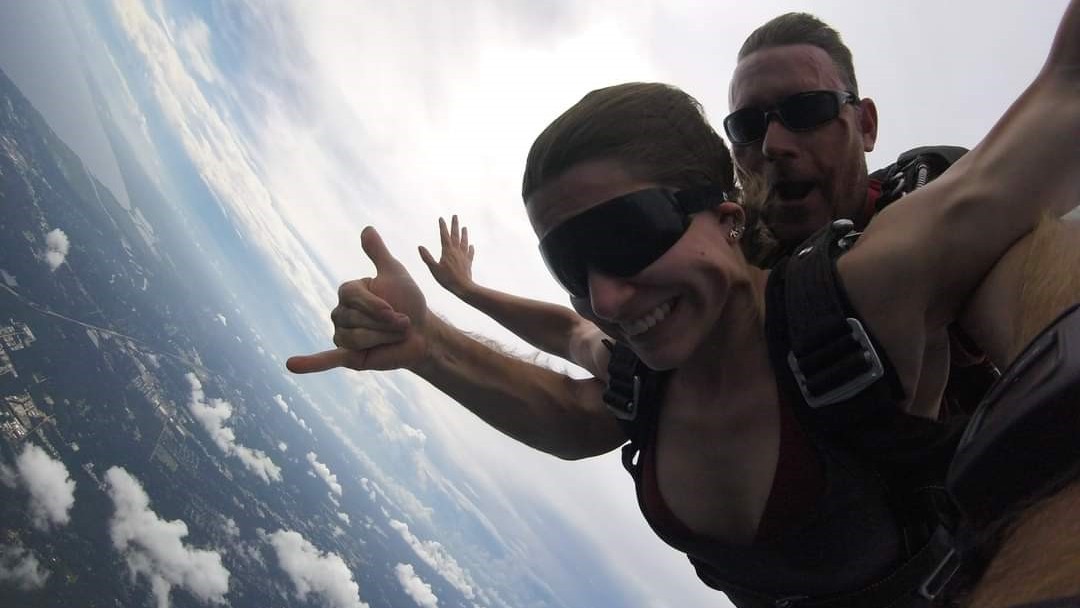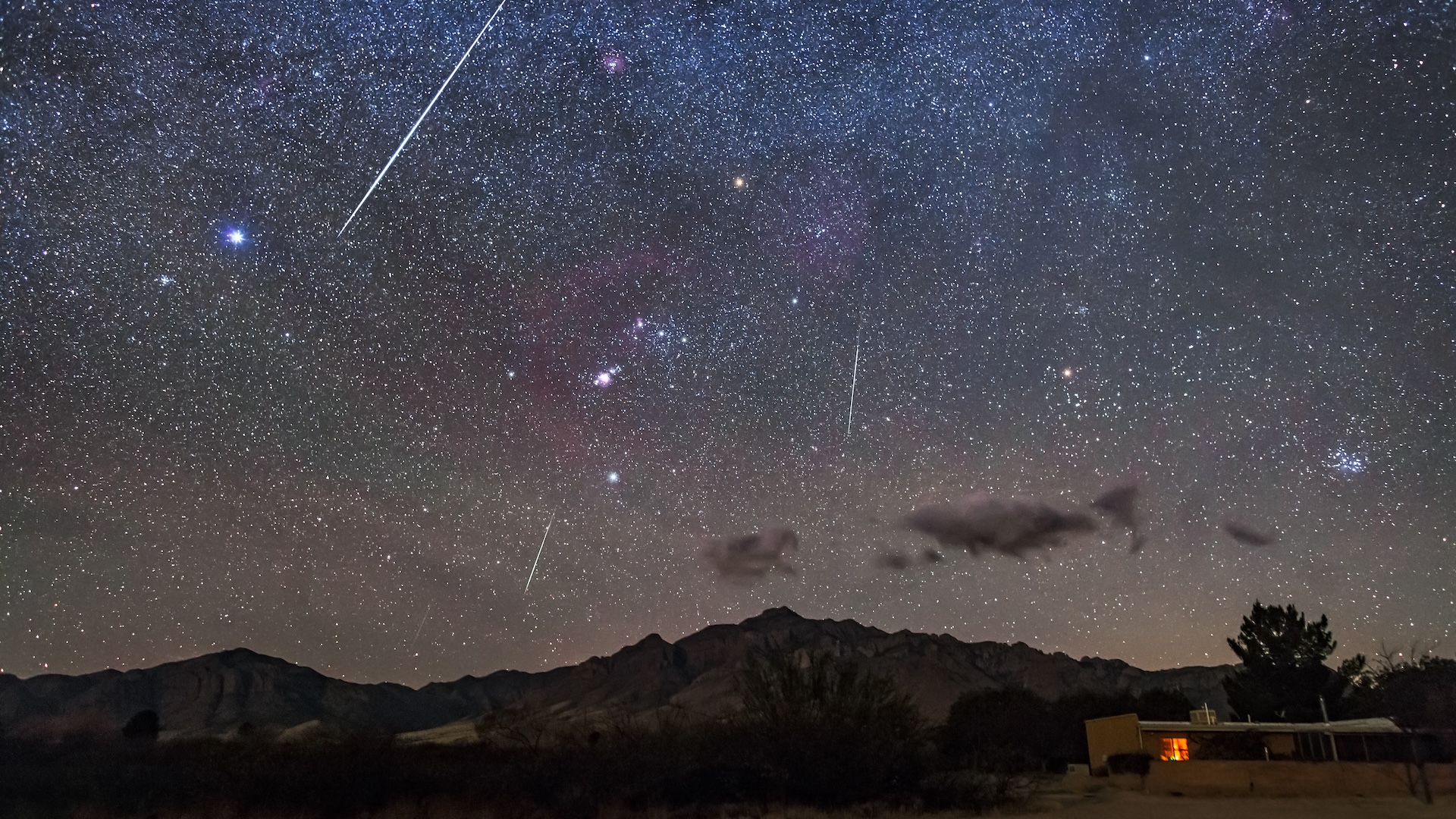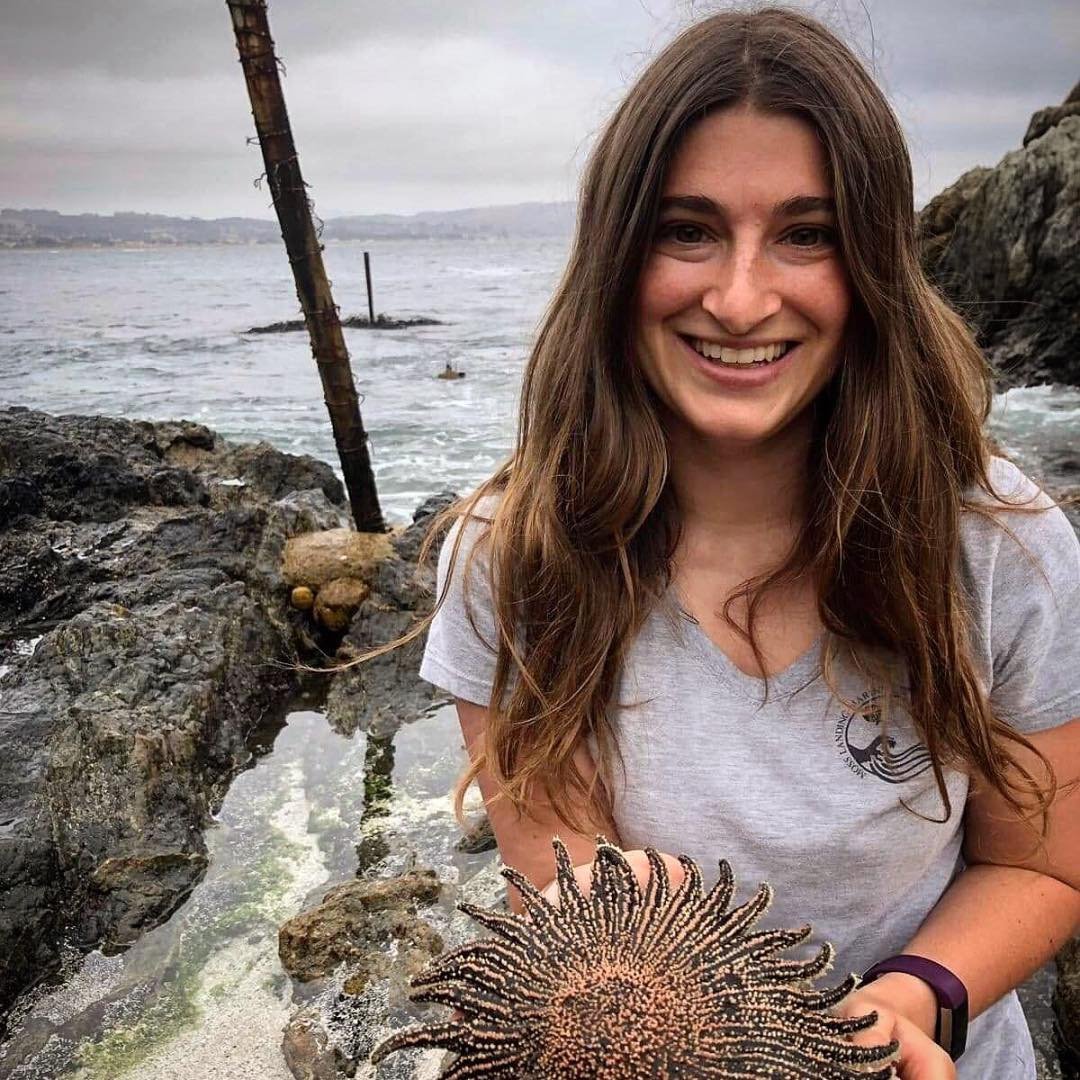
Amanda Heidt
Amanda Heidt is a Utah-based freelance journalist and editor with an omnivorous appetite for anything science, from ecology and biotech to health and history. Her work has appeared in Nature, Science and National Geographic, among other publications, and she was previously an associate editor at The Scientist. Amanda currently serves on the board for the National Association of Science Writers and graduated from Moss Landing Marine Laboratories with a master's degree in marine science and from the University of California, Santa Cruz, with a master's degree in science communication.
Latest articles by Amanda Heidt

Why are recurring dreams usually nightmares?
By Amanda Heidt published
Recurring dreams may feature taking a test the dreamer didn’t study for, having to make a speech or being attacked. Here's why our sleeping brain comes back to these unpleasant dreams again and again
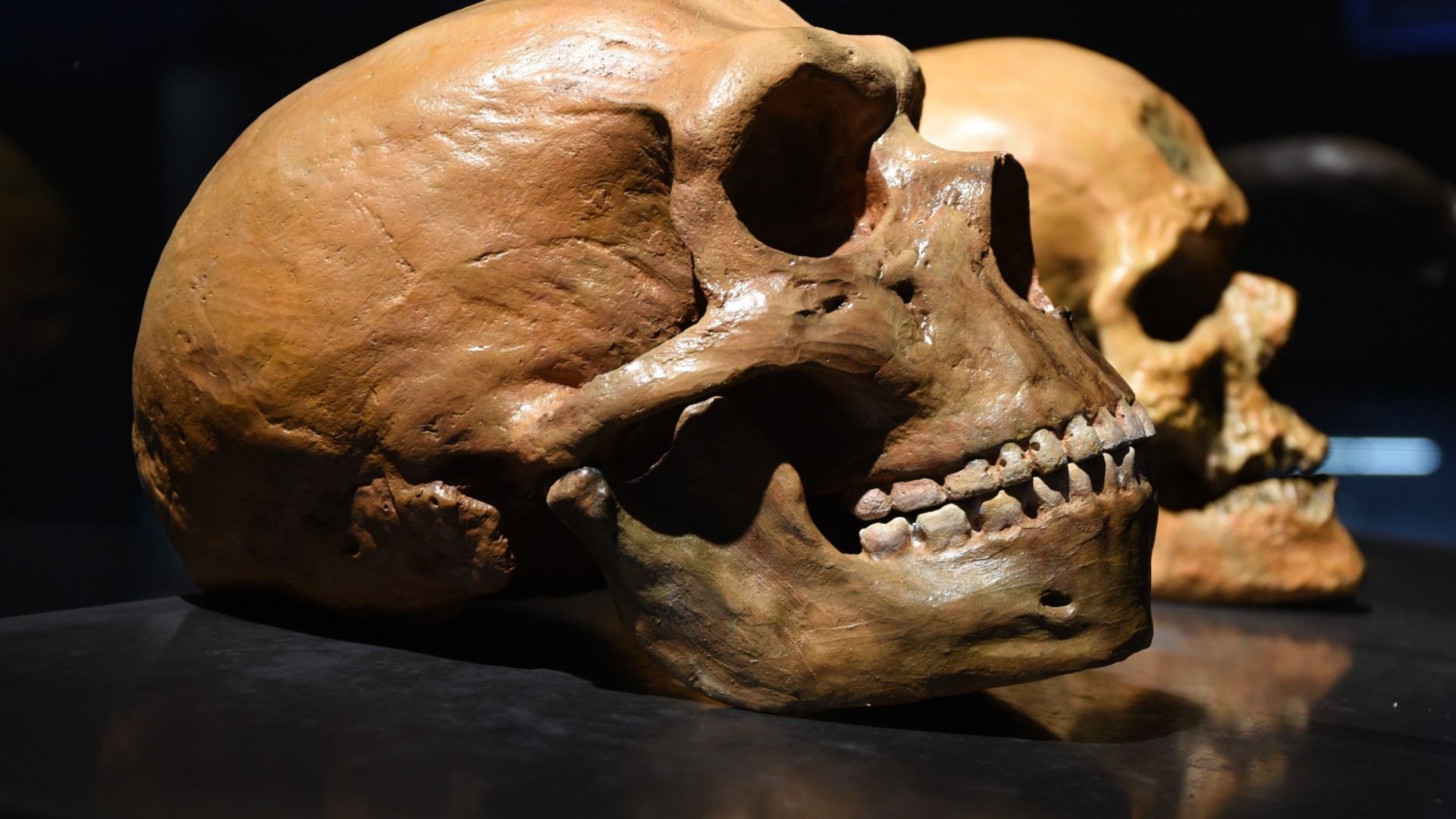
Are Neanderthals and Homo sapiens the same species?
By Amanda Heidt last updated
Scientists have been vollying the question back and forth for more than a century.
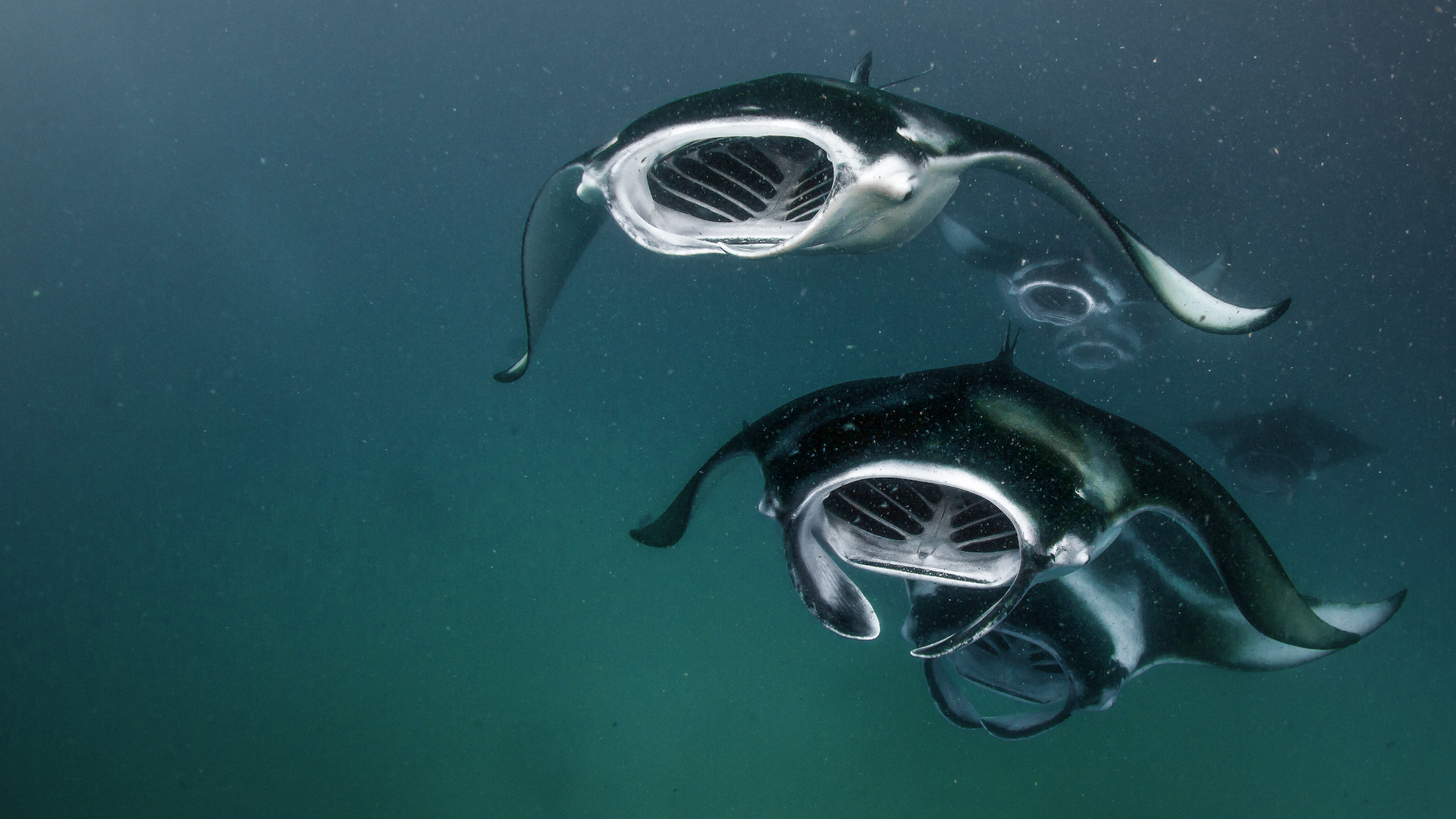
6 species that scientists got wrong
By Amanda Heidt published
The definition of a species is surprisingly unsettled, and the classifications of some of the best-known animals have come under scrutiny.
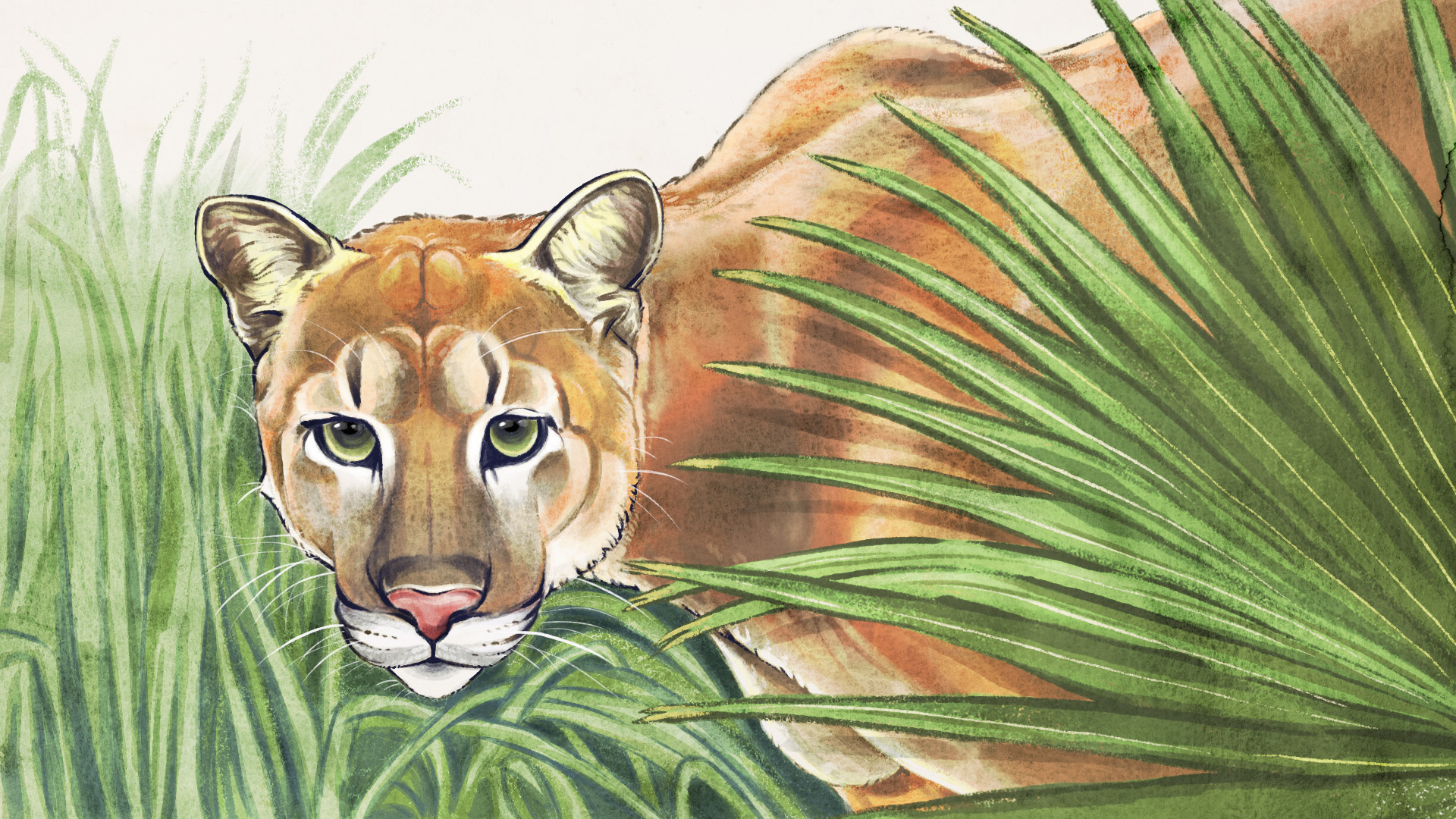
What defines a species? Inside the fierce debate that's rocking biology to its core
By Amanda Heidt published
The question of what defines a species has vexed scientists across the ages, particularly in conservation, where decisions require a firm understanding of biodiversity.

Did humans cross the Bering Strait after the land bridge disappeared?
By Amanda Heidt published
Evidence suggests that people likely boated across the narrow passage between Russia and Alaska when the crossing was submerged.
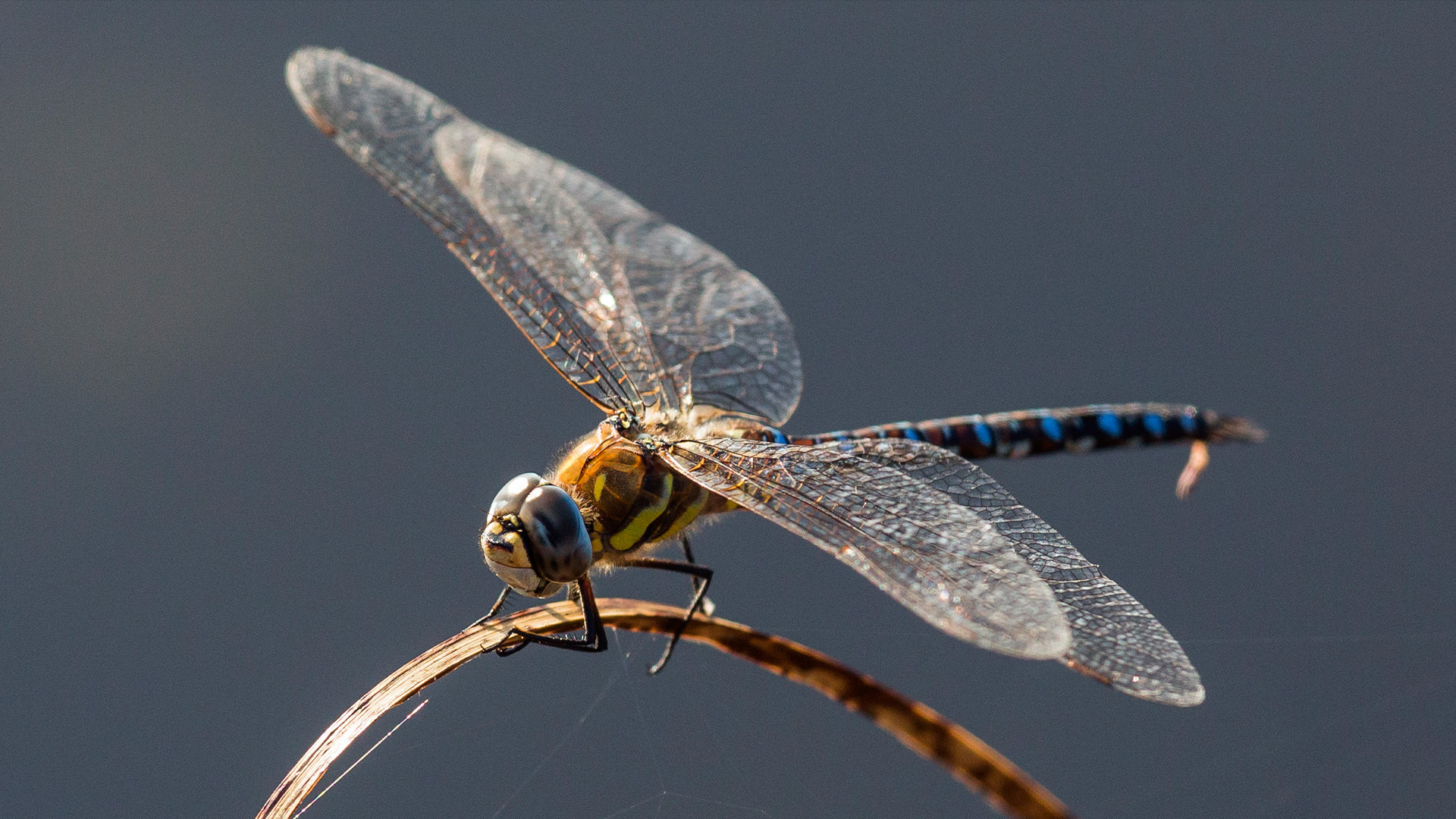
Which animal is the best hunter? (And which is the worst?)
By Amanda Heidt published
There are lots of ways to measure predatory prowess, and the animal kingdom is full of worthy contenders.
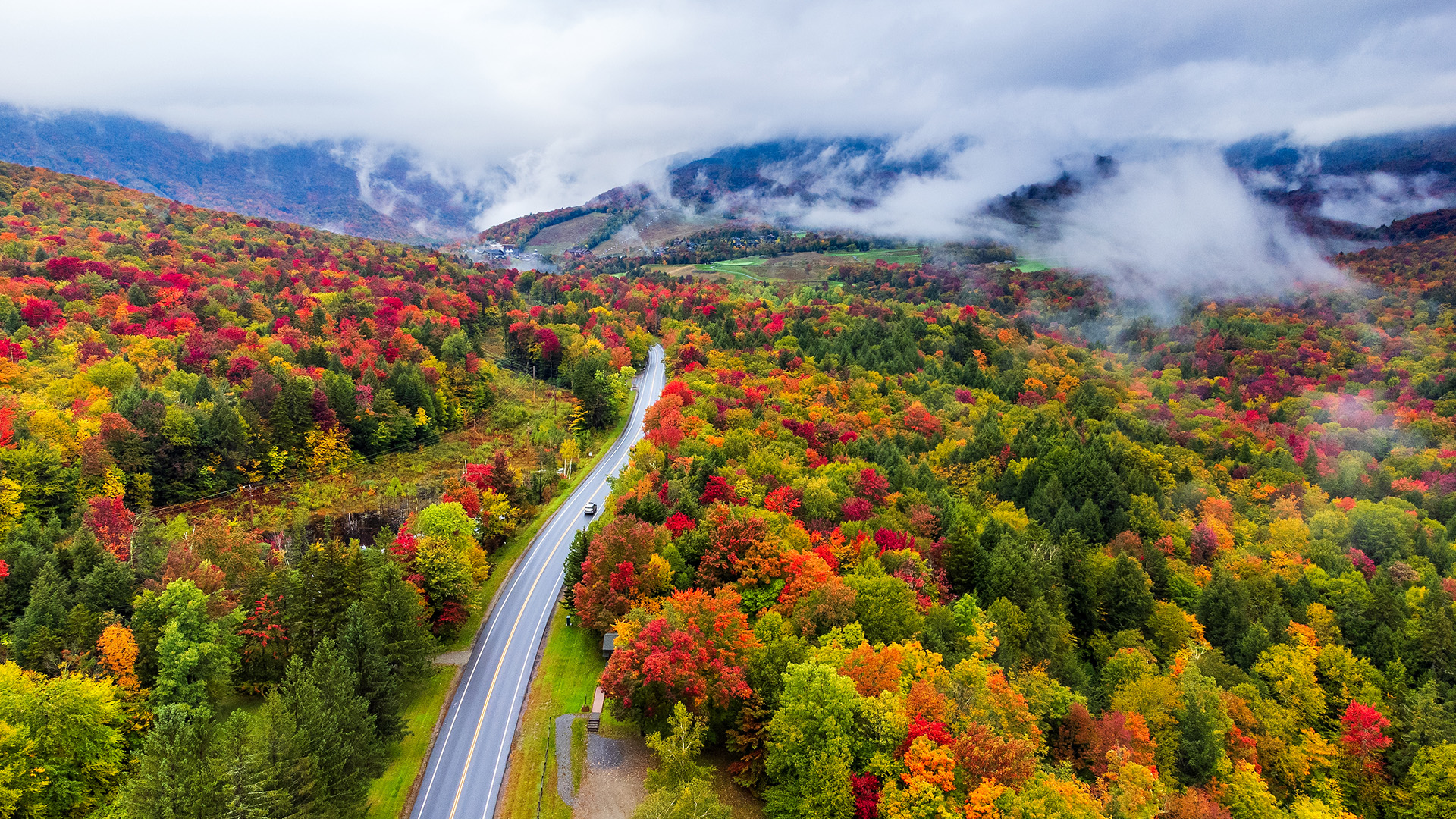
Why do leaves change color in the fall?
By Amanda Heidt published
Plants draw on a suite of pigments to produce energy from sunlight, and in the fall, some become more obvious than others.
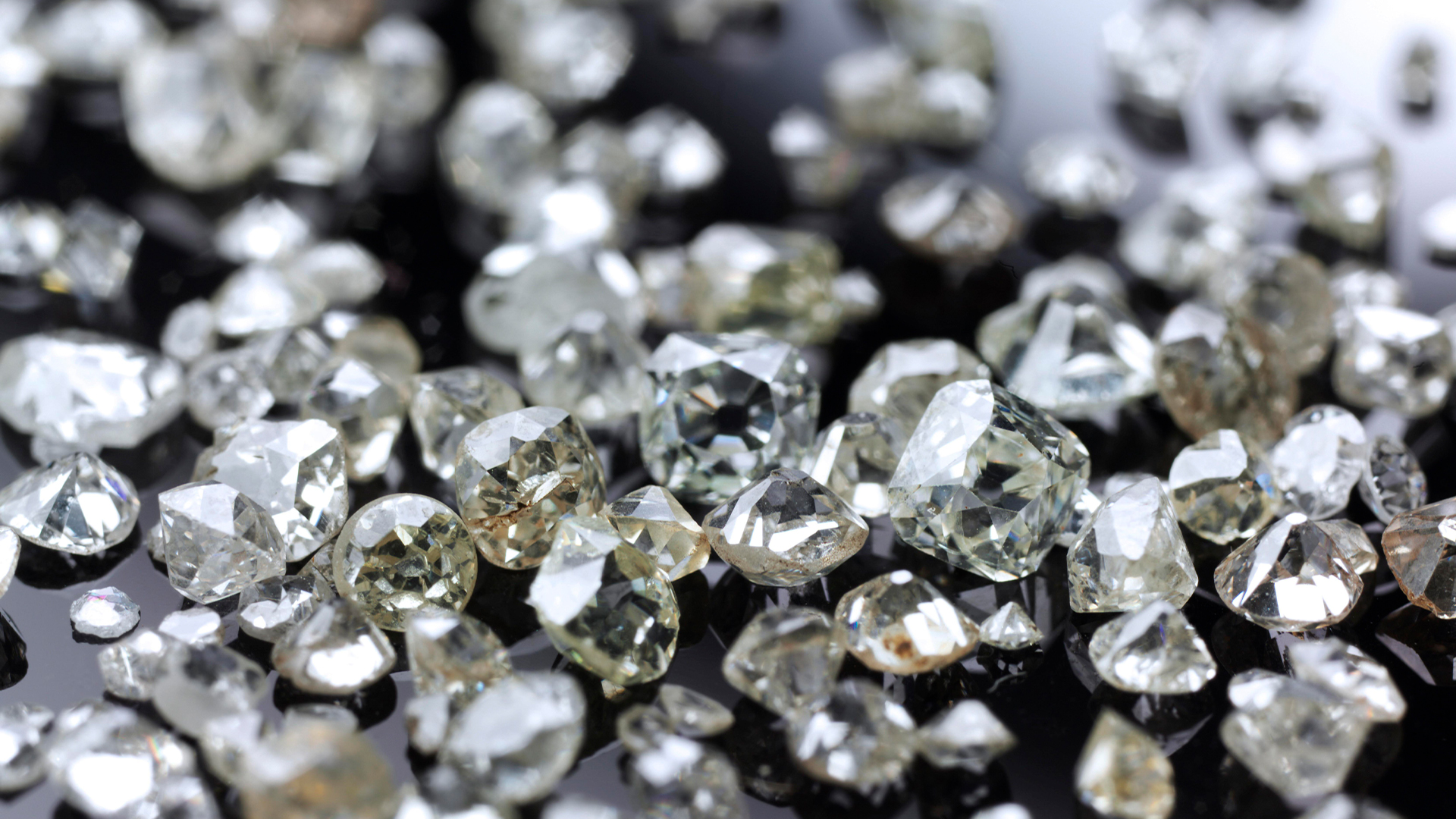
What's the deepest-occurring gemstone on Earth?
By Amanda Heidt published
Very few gems can withstand the intense pressure of Earth's mantle, but some require it to crystallize.
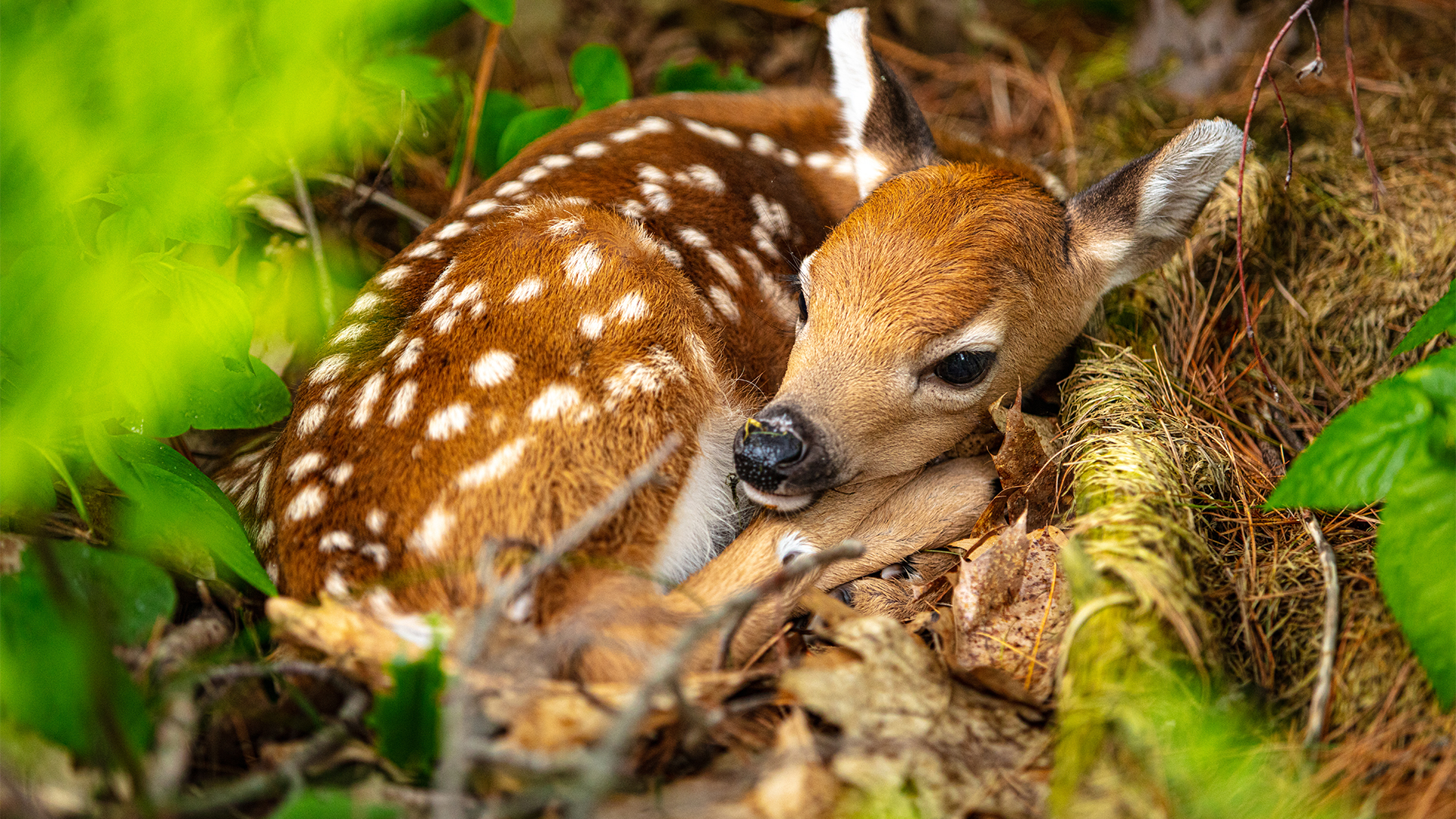
Why do so many baby animals have spots?
By Amanda Heidt published
Youngsters often hunker down to hide from predators, and spots can provide excellent camouflage.
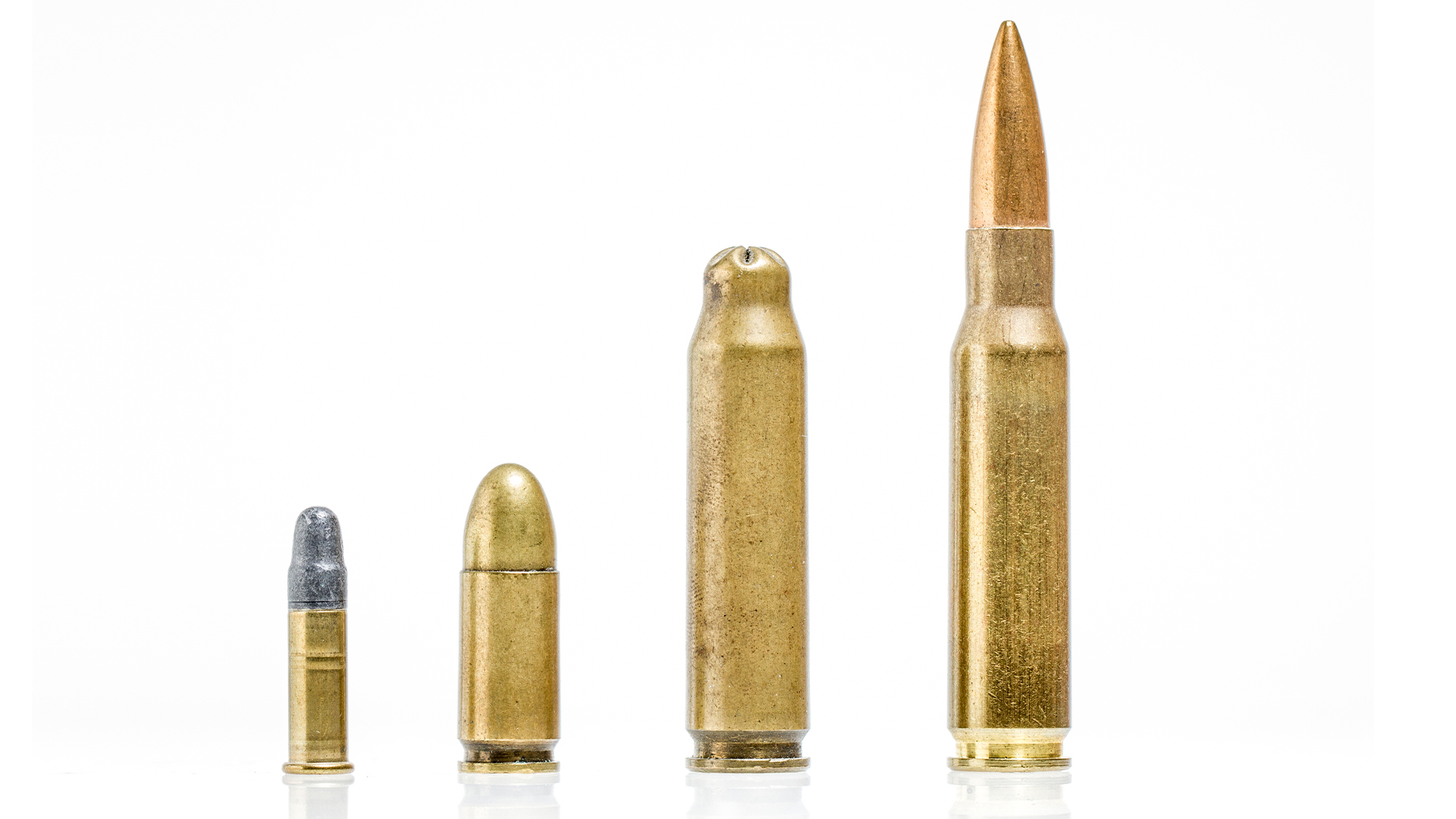
How fast is a bullet?
By Amanda Heidt published
The answer depends on the design of the bullet and the gun, as well as on what happens once the bullet leaves the muzzle.

Why can't we smell ourselves as well as we smell others?
By Amanda Heidt published
It isn't true that we can't smell ourselves, although we do become habituated to our own scent.

Why are humans good long-distance runners?
By Amanda Heidt published
Walking upright has allowed us to become some of the best distance runners in the world, but at the expense of speed.
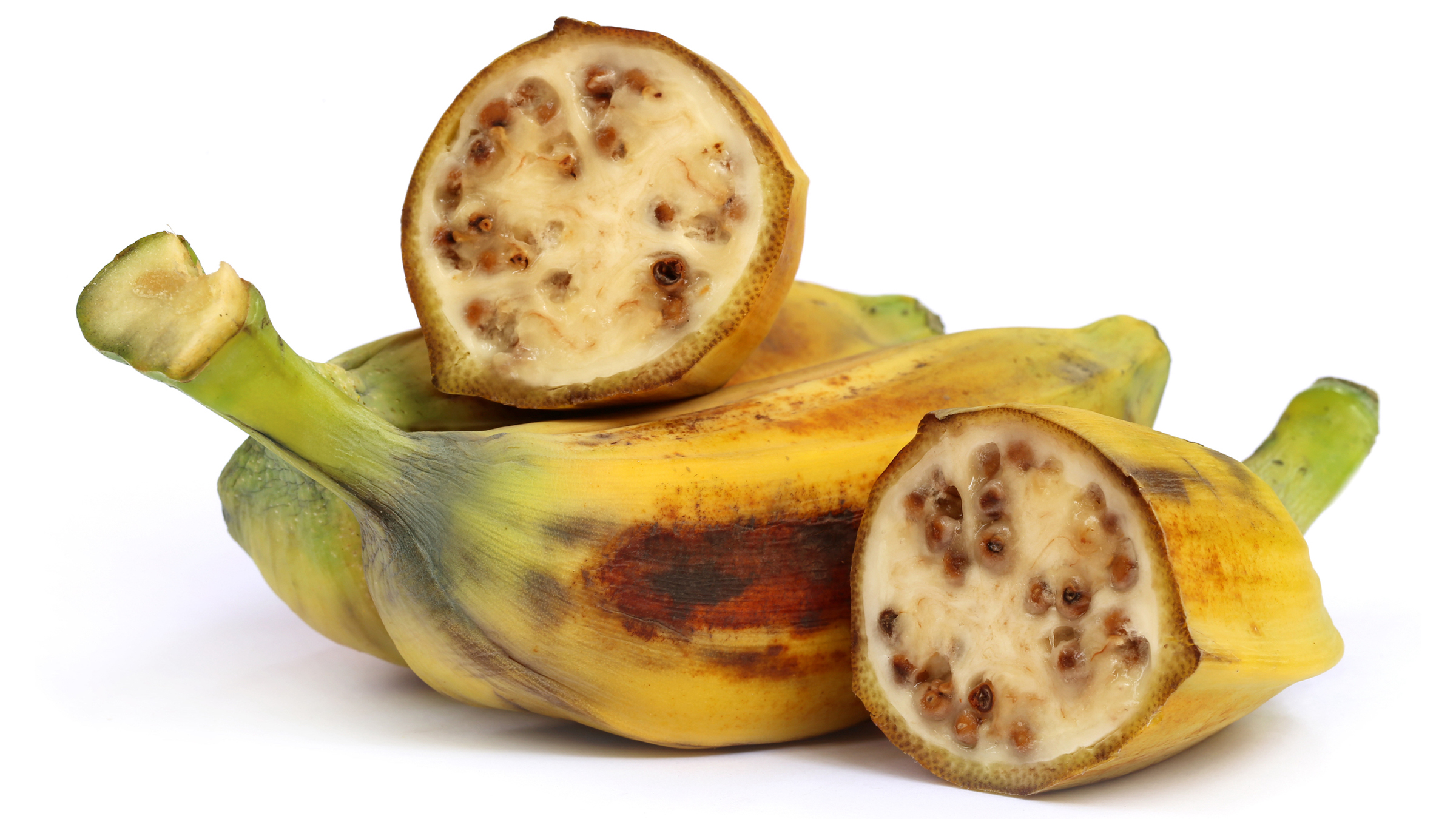
How do plants with seedless fruit reproduce?
By Amanda Heidt published
Plants are capable of producing seedless fruit through a process called parthenocarpy, and humans have long leveraged it in agriculture.
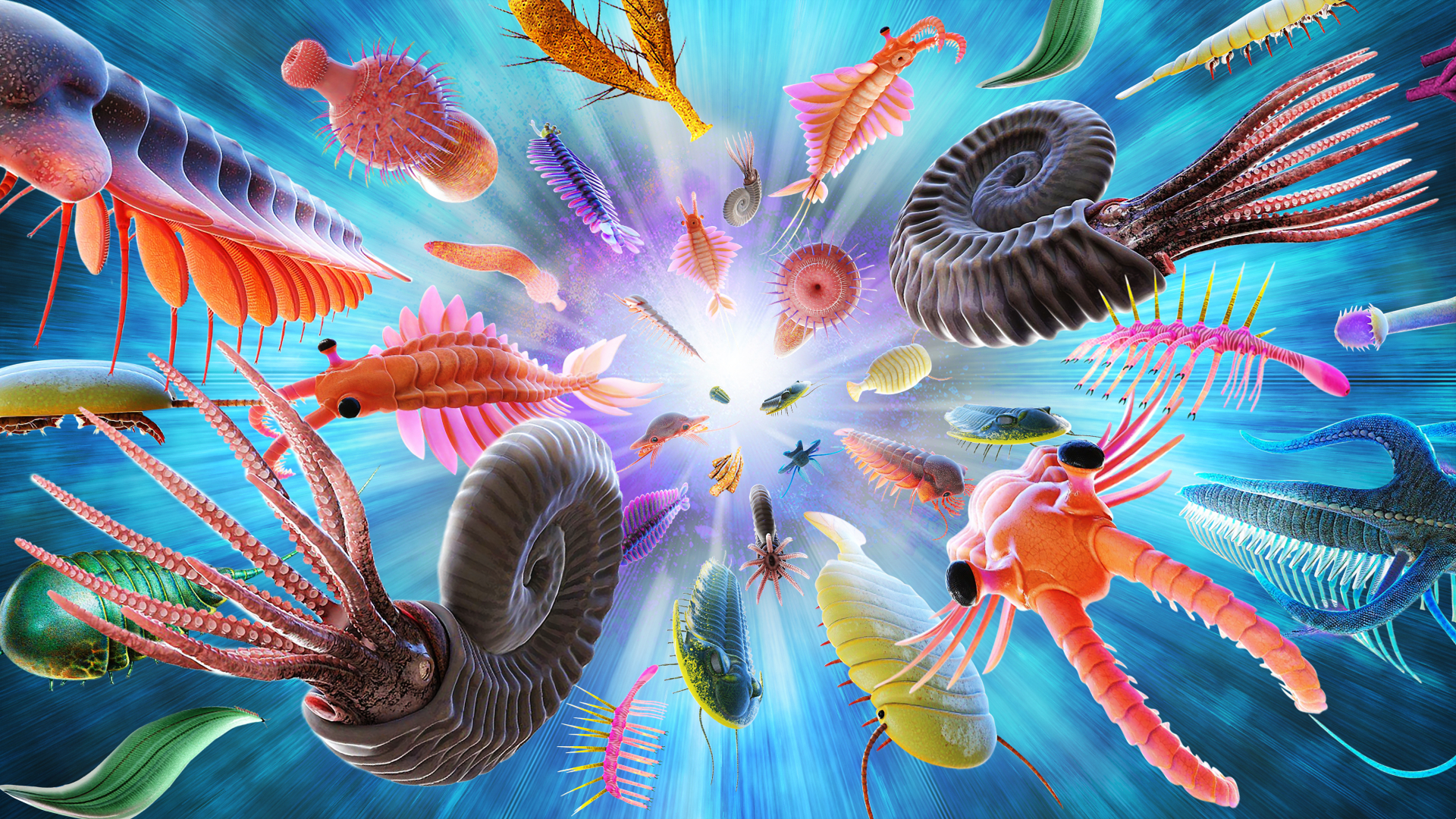
Did the Cambrian explosion really happen?
By Amanda Heidt published
Something unique does seem to have taken place during this time when so many animal groups first appeared, but it's not an open-and-shut case.
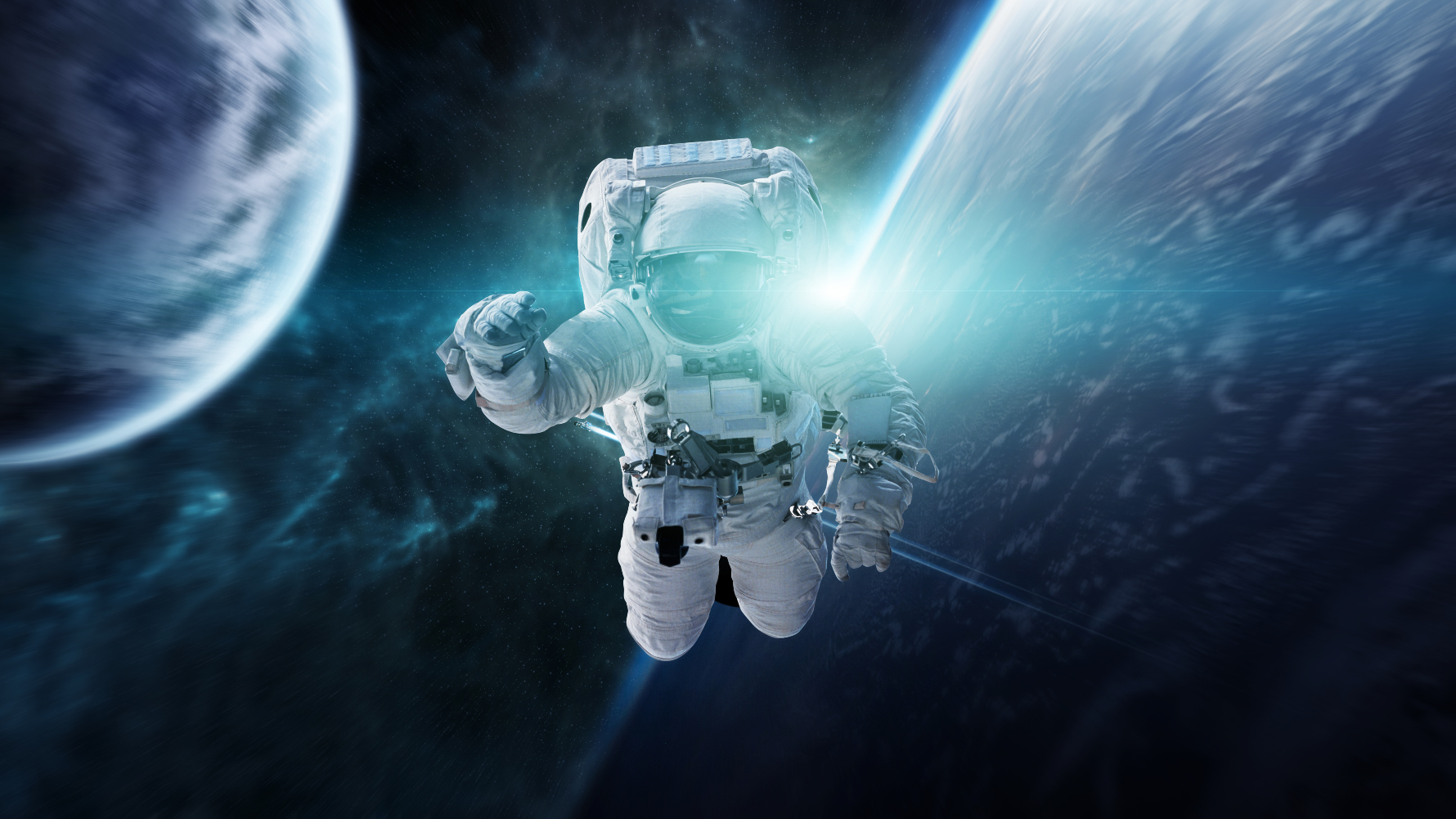
Is there an 'up' and a 'down' in space?
By Amanda Heidt published
Any object with mass distorts the space-time continuum, which we perceive as gravity pulling us "down" toward that object's center.
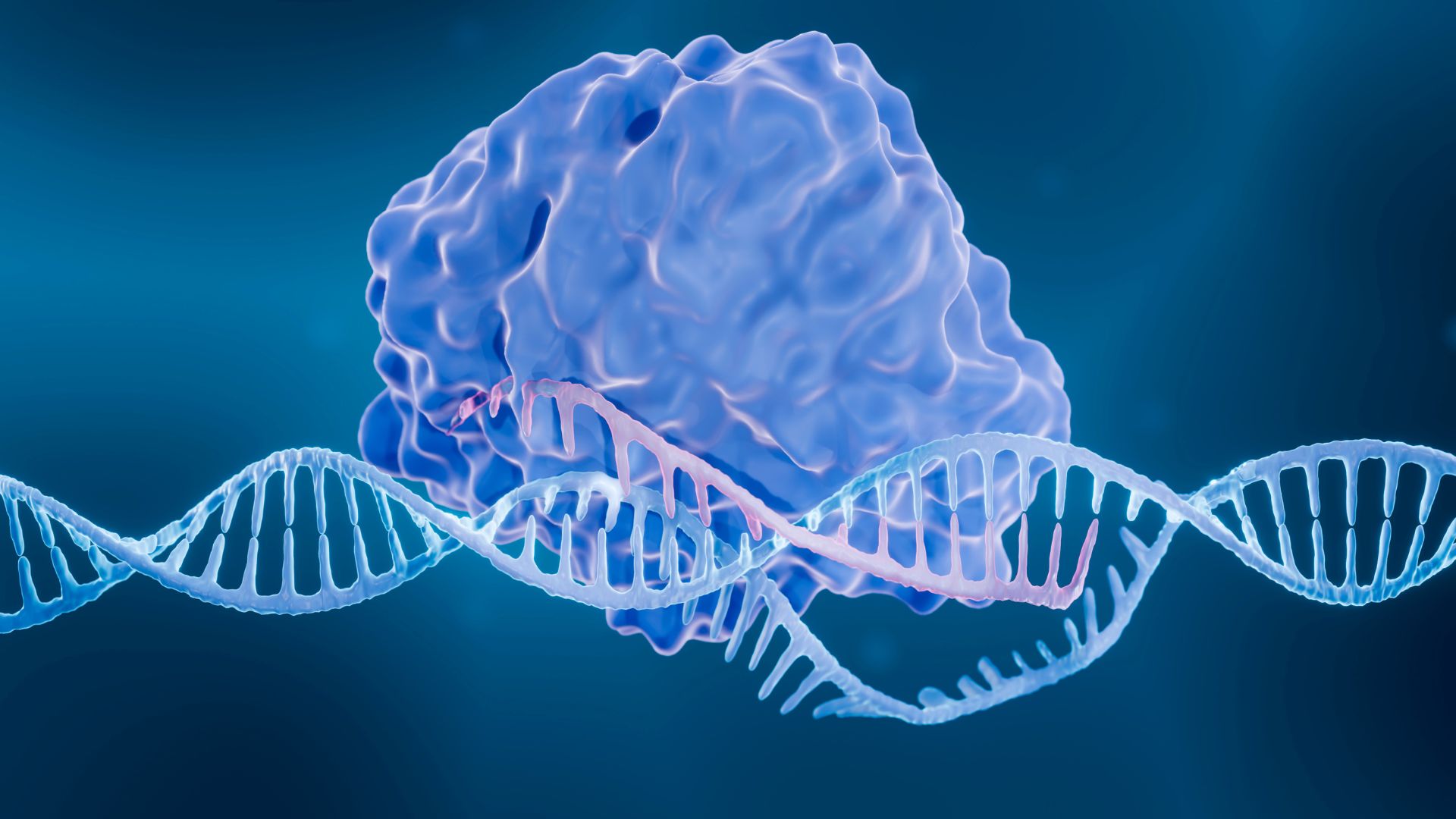
Meet 'Fanzor,' the 1st CRISPR-like system found in complex life
By Amanda Heidt published
Scientists discovered Fanzor proteins, which work like CRISPR but are smaller and more easily delivered into cells, and used them to edit human DNA.
Sign up for the Live Science daily newsletter now
Get the world’s most fascinating discoveries delivered straight to your inbox.
